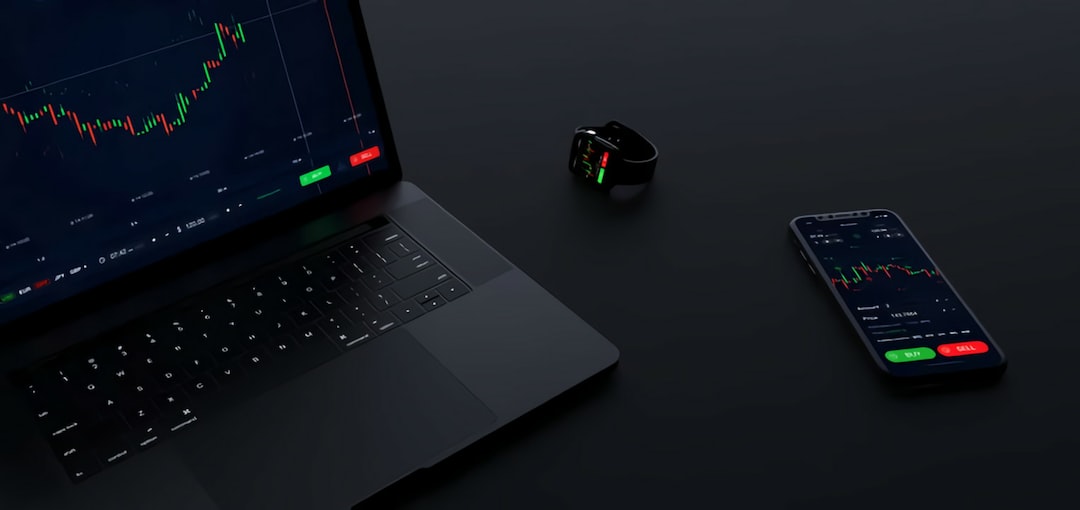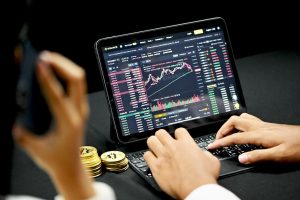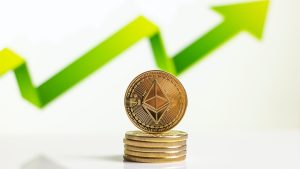Forex trading has become increasingly popular over the years as it offers traders the opportunity to make a profit by buying and selling different currencies. However, before getting started with forex trading, it is essential to understand the costs involved.
The cost of a forex trade can vary depending on several factors, including the currency pair being traded, the broker’s fees, the spread, and the size of the trade. In this article, we will delve deeper into these costs and how they can affect your profits and losses.
Broker fees
The first cost to consider is the broker’s fees. Brokers earn their income by charging fees on each trade executed by their clients. These fees can be charged in different ways, such as a fixed fee per trade or a percentage of the trade’s value. Typically, the fee charged by a broker is around 0.1% to 0.3% of the trade’s value.
It is essential to compare the fees charged by different brokers before selecting one to ensure that you are getting a competitive rate. However, it is also important to consider other factors such as the broker’s reputation, trading platform, and customer service.
Spread
The spread is the difference between the bid and ask price of a currency pair. The bid price is the price at which a trader can sell a currency, while the ask price is the price at which a trader can buy a currency. The spread is the broker’s profit margin, and it is usually quoted in pips.
Pips are the smallest unit of measurement in forex trading and are used to calculate the profit or loss of a trade. The spread can vary depending on the currency pair being traded, the broker, and market conditions.
In general, the spread is higher for currency pairs that are less commonly traded, while major currency pairs such as EUR/USD and USD/JPY have a lower spread. The spread can also widen during periods of high volatility or low liquidity, which can increase the cost of a trade.
Size of the trade
The size of the trade is another factor that can affect the cost of a forex trade. Generally, the larger the trade, the higher the cost. This is because the broker’s fees and the spread are calculated as a percentage of the trade’s value.
For example, if a trader wants to buy 100,000 units of a currency pair and the broker charges a fee of 0.2%, the cost of the trade would be $200. However, if the trader wants to buy 1,000,000 units of the same currency pair, the cost of the trade would be $2,000.
Currency pair
The currency pair being traded is also a factor that can affect the cost of a forex trade. Some currency pairs are more volatile than others, which can increase the spread and the cost of the trade.
For example, currency pairs that involve emerging market currencies such as the Brazilian real or the South African rand tend to have a higher spread due to their volatility. On the other hand, major currency pairs such as EUR/USD and USD/JPY have a lower spread as they are more commonly traded and have lower volatility.
Conclusion
In conclusion, the cost of a forex trade can vary depending on several factors, including the broker’s fees, the spread, the size of the trade, and the currency pair being traded. It is essential to consider these costs before getting started with forex trading to ensure that you can make a profit.
While it is tempting to select a broker with the lowest fees, it is important to consider other factors such as the broker’s reputation, trading platform, and customer service. Additionally, traders should be aware of the risks involved in forex trading and should only invest money that they can afford to lose.






